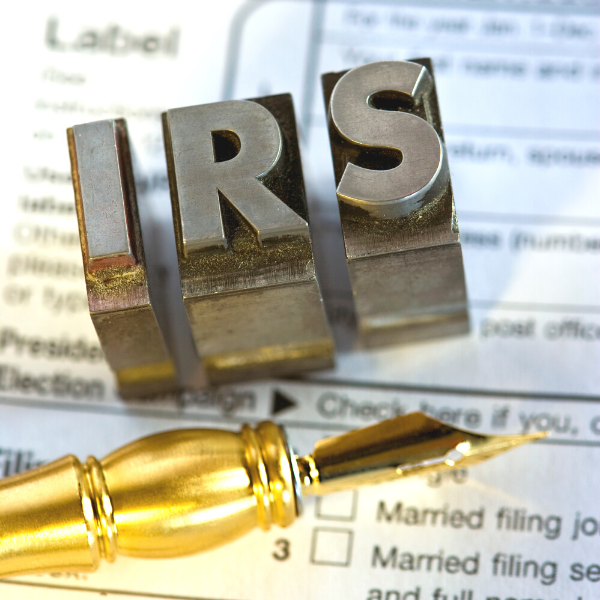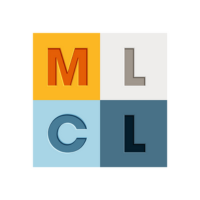On April 9, the IRS issued several new pronouncements as additional guidance on relief to taxpayers due to the Coronavirus pandemic. This post updates our prior posting on tax relief, “Washington D.C. Grants Tax Relief (Notice 2020-18 Update)“.
As noted in the post linked above, last month, the IRS and Treasury Department began granting relief to taxpayers due to the Coronavirus. Specifically, on March 18, 2020, IRS Notice 2020-17 was issued to extend certain income tax filing dates to July 15. On March 20, 2020, IRS Notice 2020-18 was issued indicating that the filing of returns and payment of tax for certain filers was extended to July 15, to clarify the prior Notice, but the extension was not applicable to all filers. On March 27, 2020, IRS Notice 2020-20 clarified that filing and payment relief had been extended to gift and generation skipping tax returns.
That prior guidance has been updated and clarified by the IRS, in Notice 2020-23. Under this most recent guidance, the automatic extensions for filing and paying taxes generally applies to all taxpayers that have a filing or payment deadline occurring between April 1, 2020, and before July 15, 2020. Individuals, trusts, estates, corporations and other non-corporate tax filers may wait until July 15 to file 2019 federal income tax returns and pay any tax due, without penalty or interest. No forms are required to be filed in order to obtain this automatic extension.
Individual taxpayers requiring additional time to file beyond the July 15 grace period can obtain the traditional extension to October 15, 2020, by filing Form 4868, while businesses that need additional time must file Form 7004. Both of those forms must be filed prior to the new July 15 deadline, however, for technical reasons, any individual who believes a return cannot be filed by the July 15 deadline and expecting to file by the October 15 deadline should promptly file the filing extension request on or before April 15. The October 15 date is not, however, an extension to pay any taxes owed like the July 15 deadline is. Taxpayers that will utilize the October 15 filing deadline extension must still estimate their 2019 tax liability and pay any taxes owed by the July 15, 2020 deadline to avoid additional interest and penalties.
IRS Notice 2020-23 also clarifies the IRS’s position on quarterly estimated payments normally due June 15. Under the new guidance, any individual or corporation that has a quarterly estimated tax payment due on or after April 1, 2020 and before July 15, 2020, can wait until July 15 to make that payment, without penalty. This is the same deadline for the first quarterly estimated payment as well, meaning that both the first and second quarter estimate for 2020, along with the 2019 tax liability (or estimate if extending to October 15), is now due by July 15.
Taxpayers should also be aware that for 2016 tax returns, the normal April 15 deadline to claim a refund has also been extended to July 15, 2020. The tax code typically provides a three-year window of opportunity to claim a refund and if that window is missed, the refund is forfeited to the U.S. Treasury. Due to the pandemic, the 3-year window expiring in 2020 for the 2016 calendar tax year has been extended to July 15.
Relief has also been granted to certain time-sensitive actions that are due to be performed on or after April 1, 2020 but before July 15, 2020. This relief includes filing all petitions with the Tax Court and filing a claim for credit or refund of any tax. However, this relief is not available for filing a claim or suing for a credit or refund if that period expired at any time before April 1, 2020. Those taxpayers with active tax disputes must continue working closely with their counsel and professional advisors to ensure the case is properly managed.
Aside from tax-season deadline extensions, certain provisions of the CARES Act provide additional tax relief by changing the rules for net operating losses (“NOLs”). NOL changes were previously discussed at: Tax Benefits of the CARES Act Coronavirus Economic Stimulus Bill. Essentially, the NOL benefit constituted a five (5) year carry back for losses incurred in tax years 2018, 2019 or 2020, coupled with the ability to use such losses to fully offset income, rather than being subject to the traditional limitations. As a result, taxpayers may now take the NOLs into account in the earliest taxable year in the carryback period, carrying forward the unused amounts to each succeeding taxable year until consumed.
To assist taxpayers with properly claiming relief available under the CARES Act, the IRS issued three additional pronouncements:
(1) Revenue Procedure 2020-24 gives technical guidance on reducing an NOL carryback period by making an election or revoking an election to waive a carryback period for a taxable year beginning before January 1, 2018 and ending after December 31, 2017.
(2) IRS Notice 2020-26 grants taxpayers a six-month extension to file Form 1045 (for individuals, trusts, and estates) or Form 1139 (for corporations) with respect to an NOL carryback that began in a tax year during calendar year 2018 and ended prior to June 30, 2019.
(3) Revenue Procedure 2020-23 addresses partnerships eligible to file amended returns as a result of available CARES Act relief. Because certain provisions in the Bipartisan Budget Act of 2015, partnerships seeking to obtain certain relief available under the CARES Act were required to file an Administrative Adjustment Request, resulting in partners only obtaining related tax relief on current year tax returns, rather than applying the relief to prior years. Partners generally would be denied relief available under the CARES Act until they filed their 2020 returns in 2021, which is contrary to the intent of the CARES Act. To remedy this, the IRS is permitting partnerships to file amended Form 1065s and K-1s rather than filing an Administrative Adjustment Request. Partnerships seeking tax benefits under the CARES Act may file an Amended Form 1065, checking the “amended return” box on the Form, and must write “FILED PURSUANT TO REV PROC 2020-23” at the top of the tax return.
Though the Treasury Department and IRS are working to provide relief for taxpayers during the Coronavirus, the guidance is complex and can be confusing. Taxpayers seeking to benefit from the options available should be working closely with their professional advisors to ensure opportunities are not missed and compliance is maintained. Our tax attorneys are available to assist individuals and business alike.

